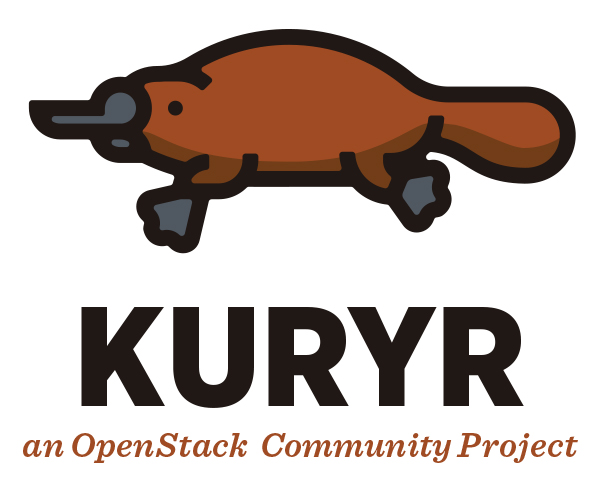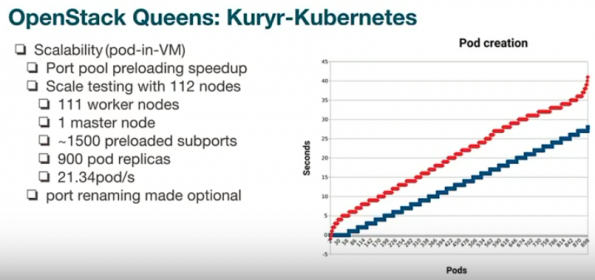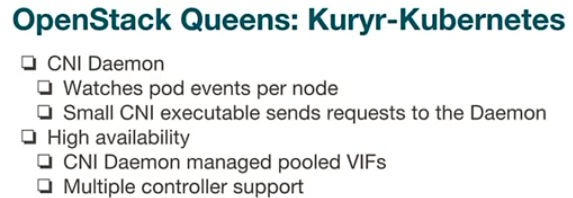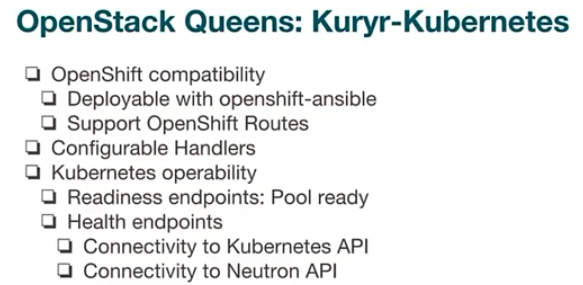At the recent Sydney Summit OpenStack project team leads (PTLs) and core team members offered updates for the OpenStack projects they manage, what’s new for this release and what to expect for the next one, plus how you can get involved and influence the roadmap.
Superuser features summaries of the videos; you can also catch them on the OpenStack Foundation YouTube channel.

What Kuryr is a project aimed on bringing OpenStack networking and storage to container platforms like Docker, Kubernetes and Mesos. Like the name (“courier”) implies, its goal is to be the “integration bridge” between the communities.
Who Antoni Segura Puimedon, PTL, and Daniel Mellado Area, contributor, both work at Red Hat.
What’s new
The latest version of Kuryr offers support for kubeadm. “Until now we were using hypercube to deploy Kubernetes…” Mellado says. “So it should be more reliable now.”
Other important new features for this release include:
“One of the things we’ll be working on for next cycle is to try to containerize the whole output into a container instead of using it as a virtual machine.”
What’s next: Lightning fast pods

“This is the first time we have shown these results in public, this shows some scale tests that were running with OpenShift. Even if Kubernetes is cooler, with OpenShift it works just as well. We tested it quite a bit and we’re going to add support for that also in DevStack,” Segura says.
The blue line in the chart is the time it takes for the Kubernetes API to create a pod, the red line is the time it takes the API to report it as running. “The good thing is with just a bit of work we went from four pods per second to 22 in one week. We still think there’s a lot of room for improvement,” he adds.
To further boost speed, here are some of the upcoming improvements:

And a full list of what’s coming in Queens:

On the health endpoints, Segura adds: “As more and more OpenStack services are run by Kubernetes it’s more important that they have these health endpoints — that Kubernetes can know of Neutron is being run in a container it’s healthy enough it can talk to Keystone or MySQL and if something happens it can restart.”
Get involved!
Use Ask OpenStack for general questions
For roadmap or development issues, subscribe to the OpenStack development mailing list, and use the tag [kuryr]
Participate in the meetings: Weekly on Mondays at 1400 UTC in #openstack-meeting-4 (IRC webclient)
You can catch the whole 26-minute video below.
Cover Photo // CC BY NC
- Exploring the Open Infrastructure Blueprint: Huawei Dual Engine - September 25, 2024
- Open Infrastructure Blueprint: Atmosphere Deep Dive - September 18, 2024
- Datacomm’s Success Story: Launching A New Data Center Seamlessly With FishOS - September 12, 2024

)







